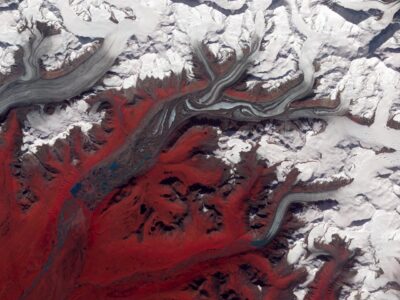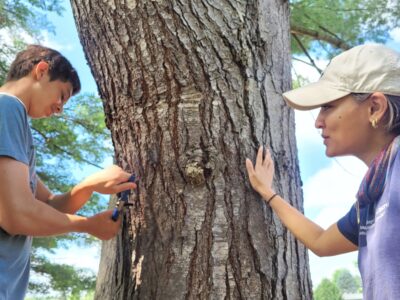The Science, Revisited
Although scientists have known for some time the role that ice had in shaping the landscape, still many questions have been left unanswered. In the last few decades, new techniques have allowed scientists to date the original remnants in the landscape. With this new data, scientists can track back what glaciers did in the past, and how it is related to climate change. This provides a link to predict what could be happening in the next 100, 200, 500 years.
In the above video produced by the American Museum of Natural History, a professional film crew follows the scientists from New Zealand to the Lamont-Doherty Earth Observatory’s geochemistry lab in Palisades, N.Y., to show how the process works.
In the coming weeks leading up to 2015 Paris Climate Summit we will be looking back at some key State of the Planet stories about climate science. Visit the full article here and stay tuned for more posts about climate science.




